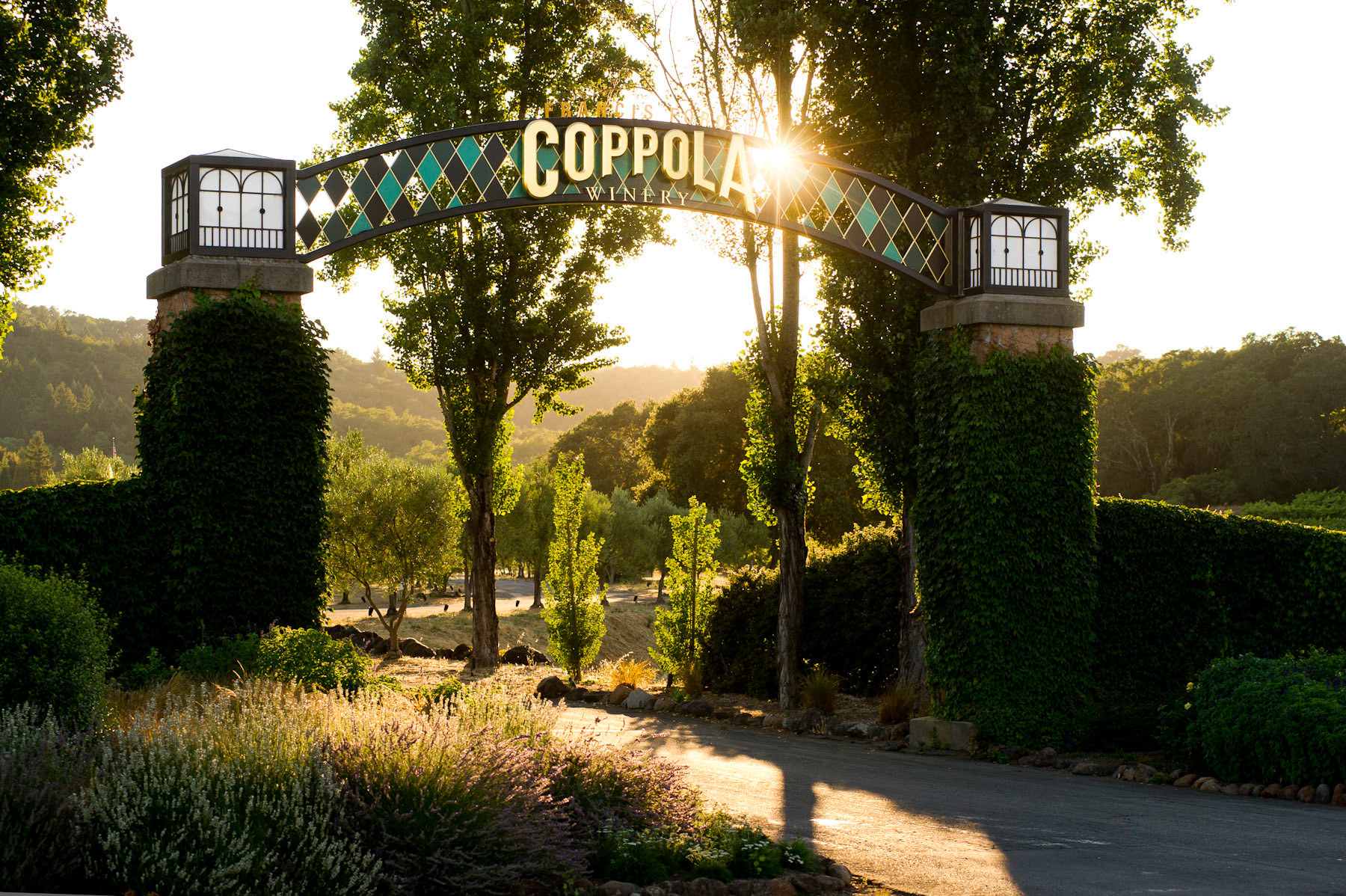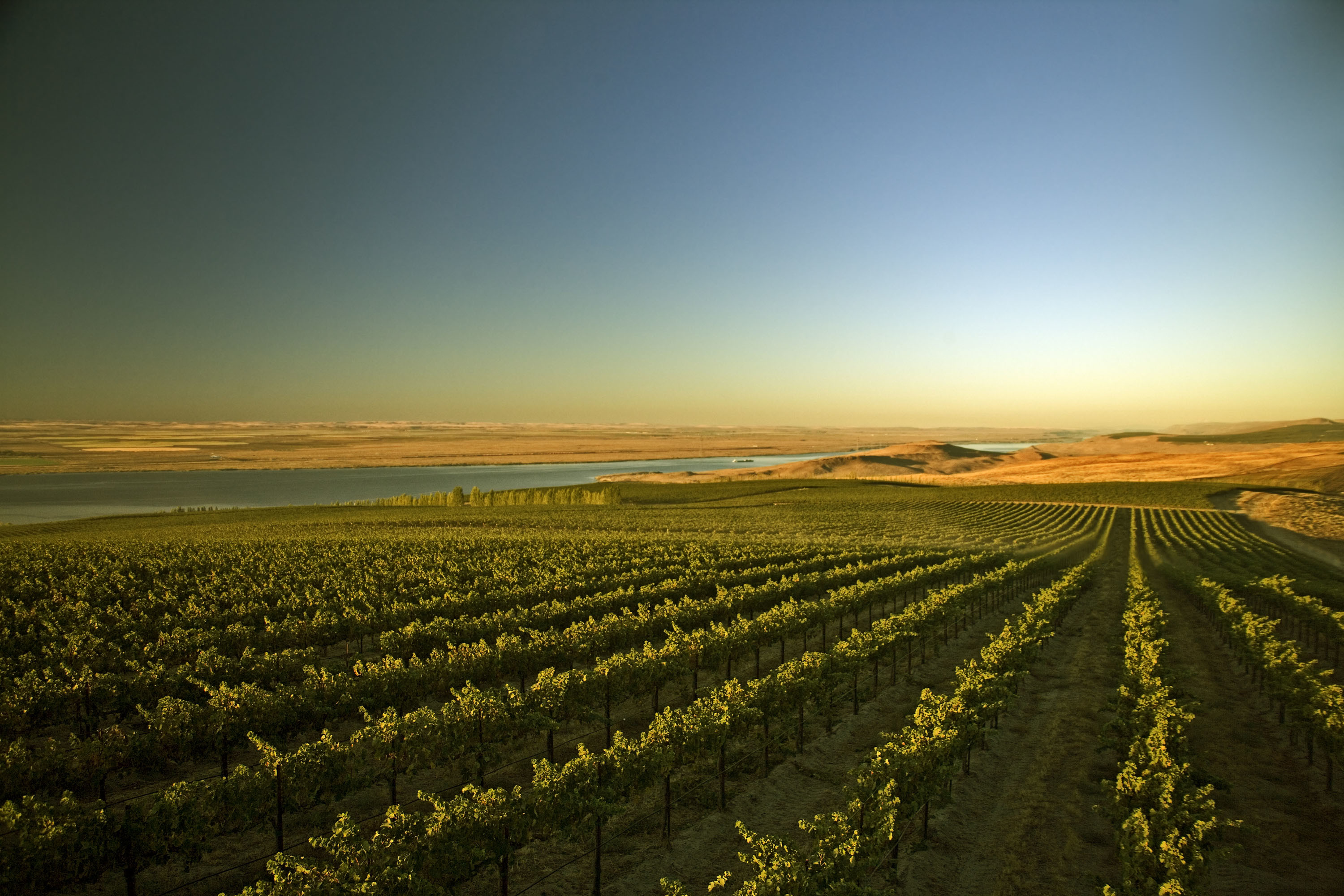7 Wineries to Visit for More Than Just the Wine
Looking to up your wine IQ? According to industry advocate group WineAmerica, American wineries welcome nearly 30 million visitors a year. Though California produces 90 percent of US wine, with Napa and Sonoma providing the flagship tasting experience, wine is now being produced across the US in even the unlikeliest of places, which means diverse experiences for wine-loving travelers. And though tasting is surely a top priority, the offerings at these seven wineries are sundry and distinct and sometimes even enjoyed by the entire family.
1. Island Grove Wine Company: Kissimmee, Florida
When you think Orlando, Mickey—not wine—likely comes to mind. But this sustainable winery (www.formosawinery.com) in Kissimmee, delivers a family-friendly, organic, eco-minded experience on top of its award-winning fruit wines. The two-story, 13,000-square-foot winery is surrounded by eight acres of botanical gardens and farms where they grow more than a dozen different fruit crops (lychee, anyone?), including the blueberries for their specialty blueberry wine. Tastings are very low-key, allowing you to sip as you mosey around the property. Hungry? Take a wander over to the Blue Grove Baking Company, which serves vegan and vegetarian options among its selection of flatbreads, sandwiches, salads, and home-baked goods. Check out seasonal events like Oktoberfest, a British Festival, and, of course, the Blueberry Festival.
2. Francis Ford Coppola Winery: Geyserville, California

(Courtesy Francis Ford Coppola Winery)
Francis Ford Coppola makes no apologies for the kitschy pleasures of his eponymous winery in Sonoma (www.francisfordcoppolawinery.c...). By design, this is a family destination. “The Godfather’s” production designer, Dean Tavoularis, styled the property after Copenhagen’s Tivoli Gardens, one of the oldest theme parks in the world. It includes two restaurants; a movie gallery of props, scripts, and other memorabilia; a family gaming pavilion fashioned after “The Godfather: Part II” with bocce courts, board game tables, live entertainment, and interactive events; and a groovy, reservations-only swimming pool with cabanas. Of course, if your focus is wine, there’s plenty of it. Private tours include a full journey of the grounds. Other options include the First Flight Tasting featuring limited production wines, a Sonoma Inclusive tasting of the entire region, and a behind-the-scenes peek at the state-of-the-art bottling facility.
3. Wolf Mountain Vineyards: Dahlonega, Georgia
Located on Wolf Mountain, this 10,000-square-foot winery (www.wolfmountainvineyards.com) sits 1800 feet above the fieldstone-encased cellar overlooking the foothills of the Southern Appalachian Mountains. The high elevation provides the vineyard with warm days and mild evenings, which give the grapes a long warm period to flower, set, and ripen, and helps explain the 200-plus medals its wines have won. Enjoy tastings of six bottlings with impeccable views of the vineyard and mountains, then grab a full glass and locally sourced bites from the café on the open-air veranda. A Sunday brunch changes monthly and includes a themed cuisine, live music, food and, of course, vino. Gourmet Winemaker Dinners are sporadically announced and include a Cellar Reception with appetizers, a three-course dinner, and paired wines.
4. Bendell Cellars: Cutchogue, New York
The Hamptons may boast celebrities, nightlife, and pristine beaches, but when it comes to wine, you’ll want to head to the North Fork, Long Island’s more laid-back coastline. Bedell Cellars (www.bendellcellars.com) sits in Cutchogue, a quiet town known for its stunning views of craggy cliffs overlooking the Long Island Sound and miles of bucolic farm land. Bedell, however, features 75 acres of vineyards. Tastings take place in the refurbished New England-style barn with a mahogany garden pavilion and intimate loft area with vaulted ceilings and fireplace. Elegant small plates are the draw at its seasonal restaurant, Noah’s. Book a group reservation for a sommelier-led tasting of both current and limited production wines or just walk in to customize an individual tasting. Local events include live music, wine and cheese parings with samples from New York City’s famed Murray’s Cheese, and even stargazing evenings organized by a local observatory, complete with telescopes. And wine specials.
5. Raffaldini Vineyards: Ronda, North Carolina
Nestled near the Yadkin Rover and Blue Ridge Mountains, this Tuscan-style villa and tasting room (www.raffaldini.com) sits at a 1200-foot elevation and is the centerpiece of the winery’s 40-plus acres that grow classic French and Italian varietals. Regular tastings are offered on a walk-in basis and include a commemorative Riedel glass. And because the National Wildlife Federation recognizes the vineyard as an official Certified Wildlife Habitat, you’ll want to join one of the moderate hikes with vintner Jay Raffaldini, which are offered on select Sundays throughout the year. Other events include the educational Afternoon in Tuscany, a two-hour wine experience with lunch, a guided tour of the property, and an outdoor concert. Various Italian festivals take place throughout the year.
6. Chateau Ste. Michelle: Woodinville, Washington
 (Courtesy Chateau Ste. Michelle Winery)
(Courtesy Chateau Ste. Michelle Winery)
Founded in the 1930s and producing European varietals since 1967, this Washington state winery (www.ste-michelle.com), which uses grapes grown in the eastern Columbia Valley, is lauded for its eight different styles of Riesling. The Woodinville-based namesake Chateau is surrounded by 105 wooded acres and located just outside Seattle, making it the perfect pit stop if not a destination. The new state-of-the-art visitors’ center lets you customize your afternoon. Try the daily Feature Flight of five reserve wines; a Champagne and bubbly literacy session with food pairings; a free half-hour tour of the property; and a personalized wine-blending session to create your very own bottle to take home. There’s a café with daily specials to fortify you while you’re there. And make sure to check out the lively calendar of events, including a summer concert series that supports over 400 local non-profits.
7. Domaine Serene: Dayton, Oregon
Producing award-winning Pinot Noir and Chardonnay from a 42-acre hillside estate, Domaine Serene is a classic example of the style of the Dundee Hills in the Willamette Valley in Oregon. In addition to a new winery dedicated to white wines and bubbly, the estate includes both a tasting room and a 30,000-square-foot Clubhouse. Inspired by a 15th century chateau in Burgundy, France, it offers a diverse lineup of wine-related experiences. The most luxurious contribution is the 45th Parallel Experience, a four-course wine and food pairing inside a lighted wine cave. Go behind the scenes with a guided tour of the winemaking facility or head off to tour the estate armed with a glass of Rose. A more formal and educational Prestige Tasting includes seasonal wine flights or you can just take in the valley views at the more casual Estate Tasting with light bites.


















